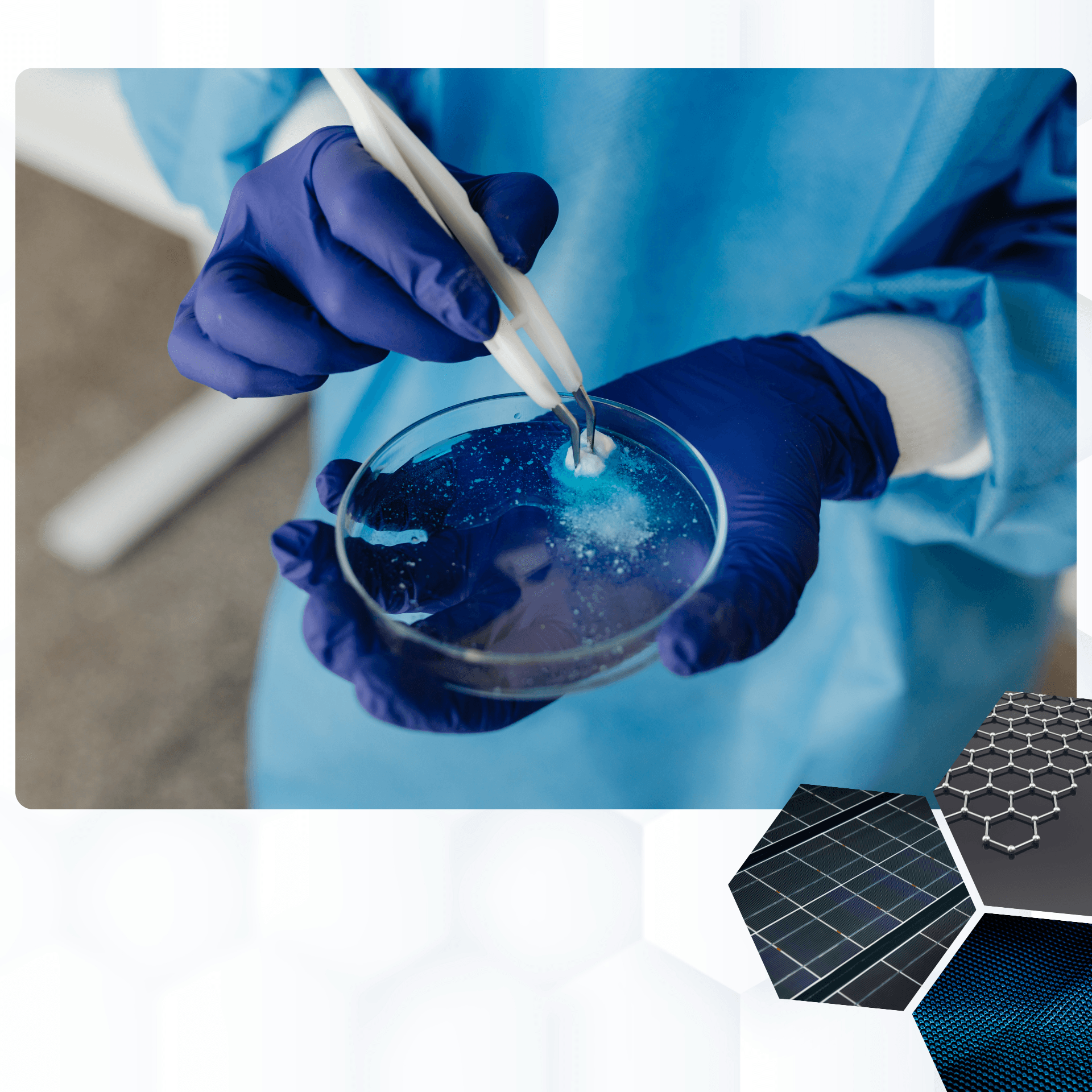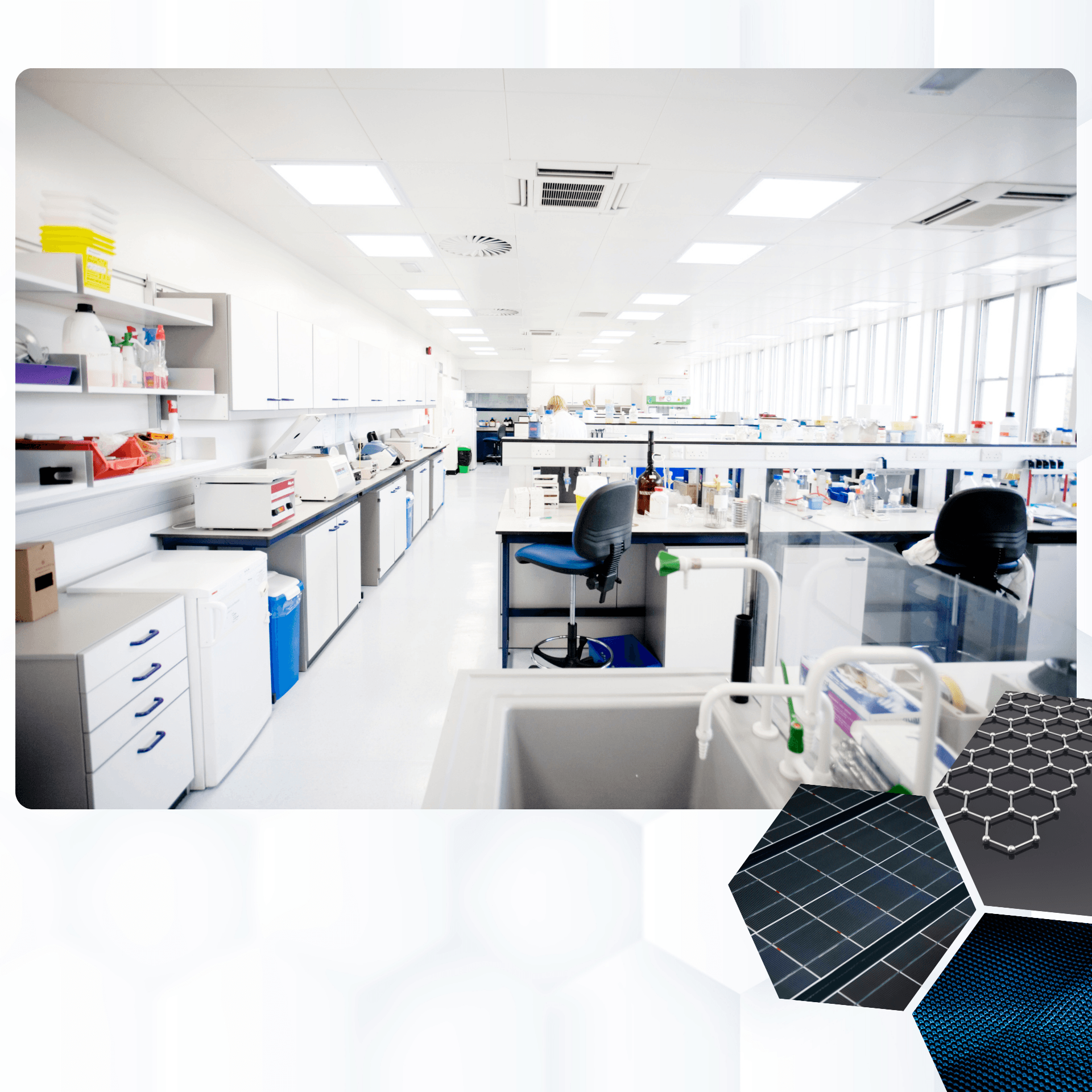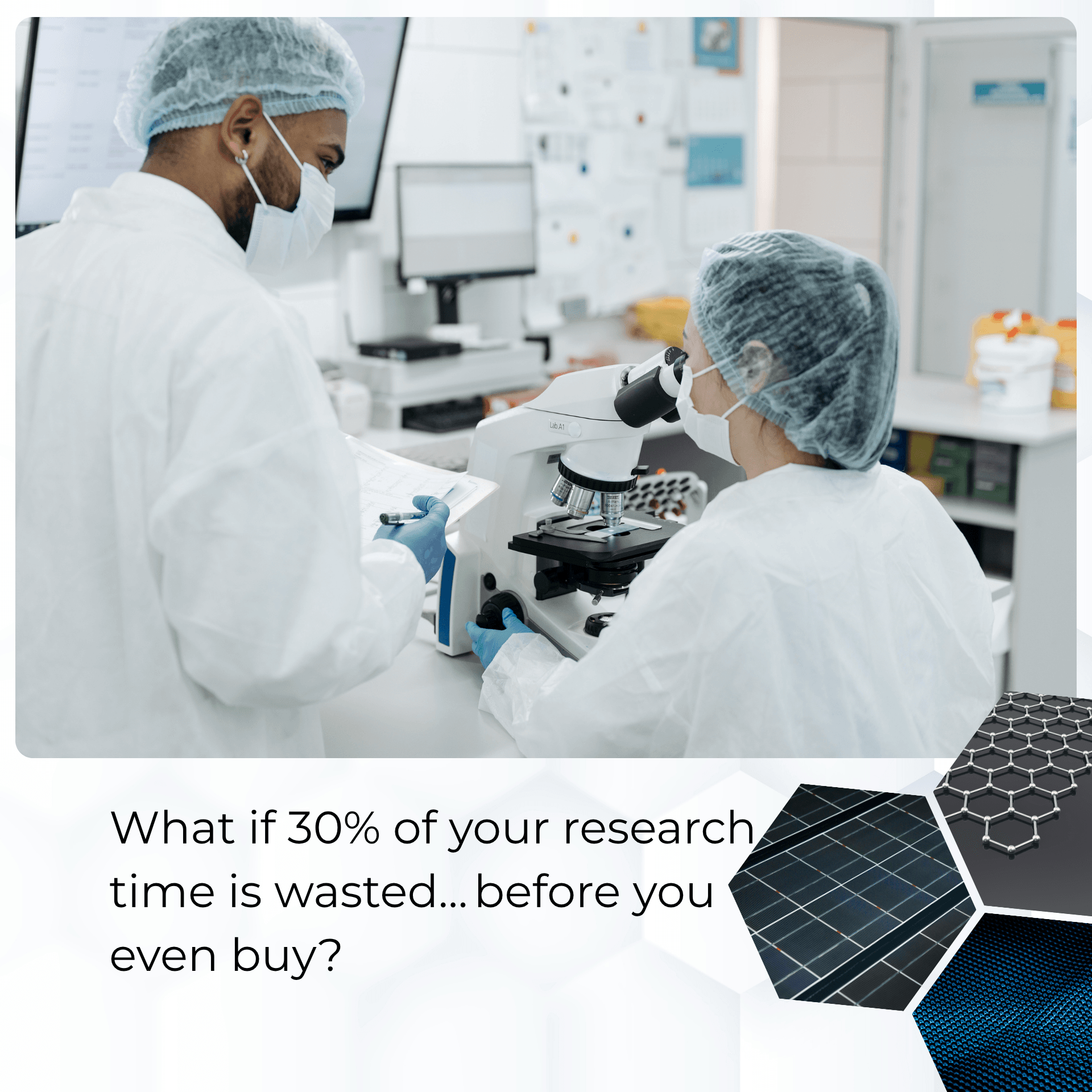Oleophobic Thin Film Coating Applications
A surface that is oleophobic and hydrophilic deflects oil. Since such a surface excels at defogging, cleaning without detergent, and separating oil and water, this novel surface characteristic has drawn increasing attention. Like on smartphones and display displays, oleophobic coatings shield flexible thin films from fingerprints, dust, and other stains. Nowadays, these are available pre-installed at the factory, integrated into or embedded within flexible thin films, or separately marketed. Spin coating technique is one of the many ways used for fabrication of oleophobic thin film coatings.
These coatings are often created using one of two methods: bottom-up (coating techniques) or top-down (material removal techniques). Top-down approaches create regular patterns, whereas bottom-up approaches produce random patterns. Spin coating is a bottom-up method that produces amazing consistency on both macroscopic and nanoscales thanks to its rapid drying times. This procedure creates uniform, thin films.

Imitating Nature’s Liquid-Repellent Surfaces.
Natural liquid-repellent surfaces can be found on a variety of flowers, vegetables, leaves, and animal skins. More examples are lotus leaves, rose petals, watermelon skin, butterfly wings, fish and shark skins, beetle backs, bird feathers, gecko feet, and so on. Their hierarchical nanostructure influences their wetting abilities and has been imitated in a number of artificially produced oleophobic and hydrophobic surfaces. And today’s super-liquid-repellent surfaces are trying to bring out this need for thin film coating with low surface energy and high surface roughness.
Oleophobic Coating Properties and Applications
Because of their self-cleaning, transparency, oil-water separation, anti-corrosion, and anti-microbial properties, as well as their low cost and ease of processing, these surfaces have a wide range of applications. The most common applications for oleophobic coatings are in medical supplies and the consumer electronics industry. They are employed in the coating of medical tubing, endoscope lenses, surgical visors, and shields. Oleophobic coatings have recently been widely used to create smudge-resistant touch screens for smartphones and tablets.
Do send you story here: Submit.
Sources: Azom, ScienceDirect.
Commonly asked questions
- new emerging technologies
- applications of nanomaterials
- nanoscience and nanotechnology
- nanotechnology in food
- nanotechnology in electronics
- nanotechnology in dentistry
- nanotechnology in textiles
- nanotechnology in biotechnology
- nanotechnology in engineering
- nanotechnology in physics
- nanotechnology in robotics
- use of nanomaterials
Most used lab equipment
- spin coating machine
- magnetic stirrer hot plate
- dry bath incubator
- laboratory fume hood
- laboratory water bath
- orbital shaker incubator
- centrifuge machine
- laboratory colorimeter
- laminar air flow cabinet
- laboratory microscopes
- lab weighing balances
- ph meters for lab
Lab Spin Coater At Best Price in India – Spin coater for laboratory applications
Spin Coating Machine Use – Spin Coating Machine Applications
How to Cut Your Lab Equipment Procurement Time in Half — Without Compromising on Quality or Support*
Three New Applications Of Nano-materials That Will Help Everyday Life
Disclaimer: Content on this site is provided for general informational and educational purposes only and is not a substitute for professional advice. It’s not a substitute for professional advice. So, before making any big decisions, always consult with the experts in the specific field. We’re here to spark curiosity and inspire, but your best bet is to get personalized guidance for your unique situation. Stay awesome and informed!





